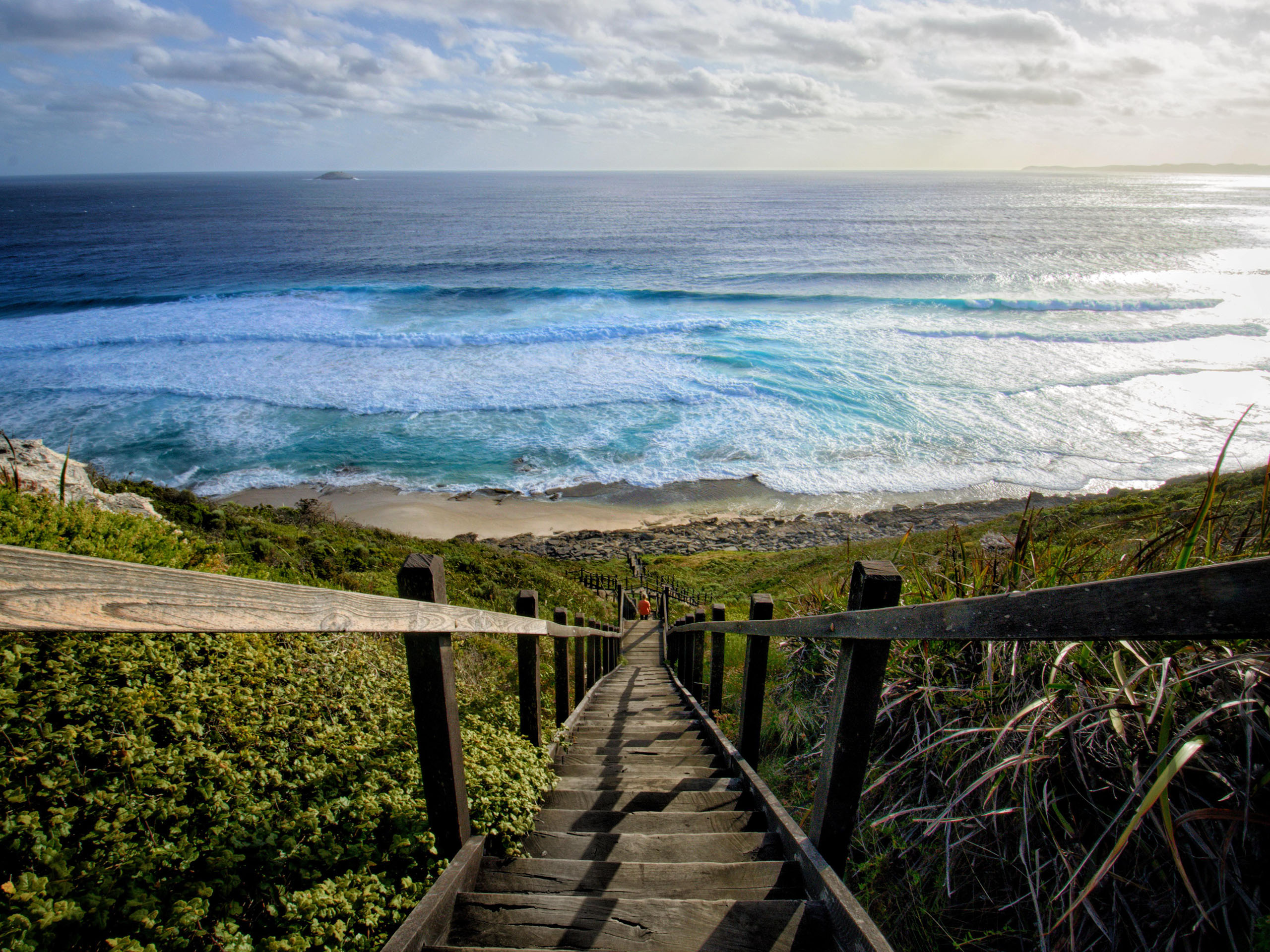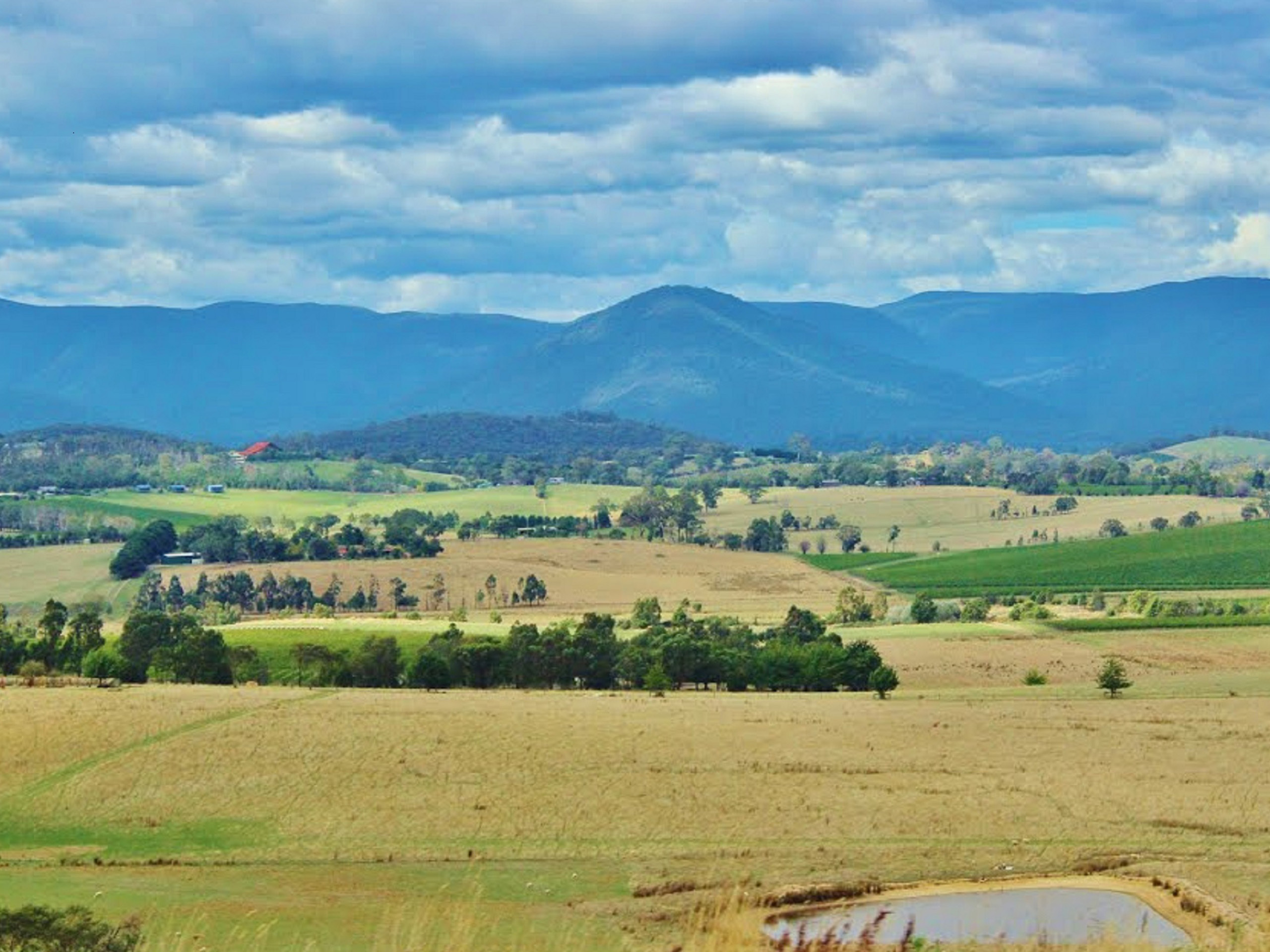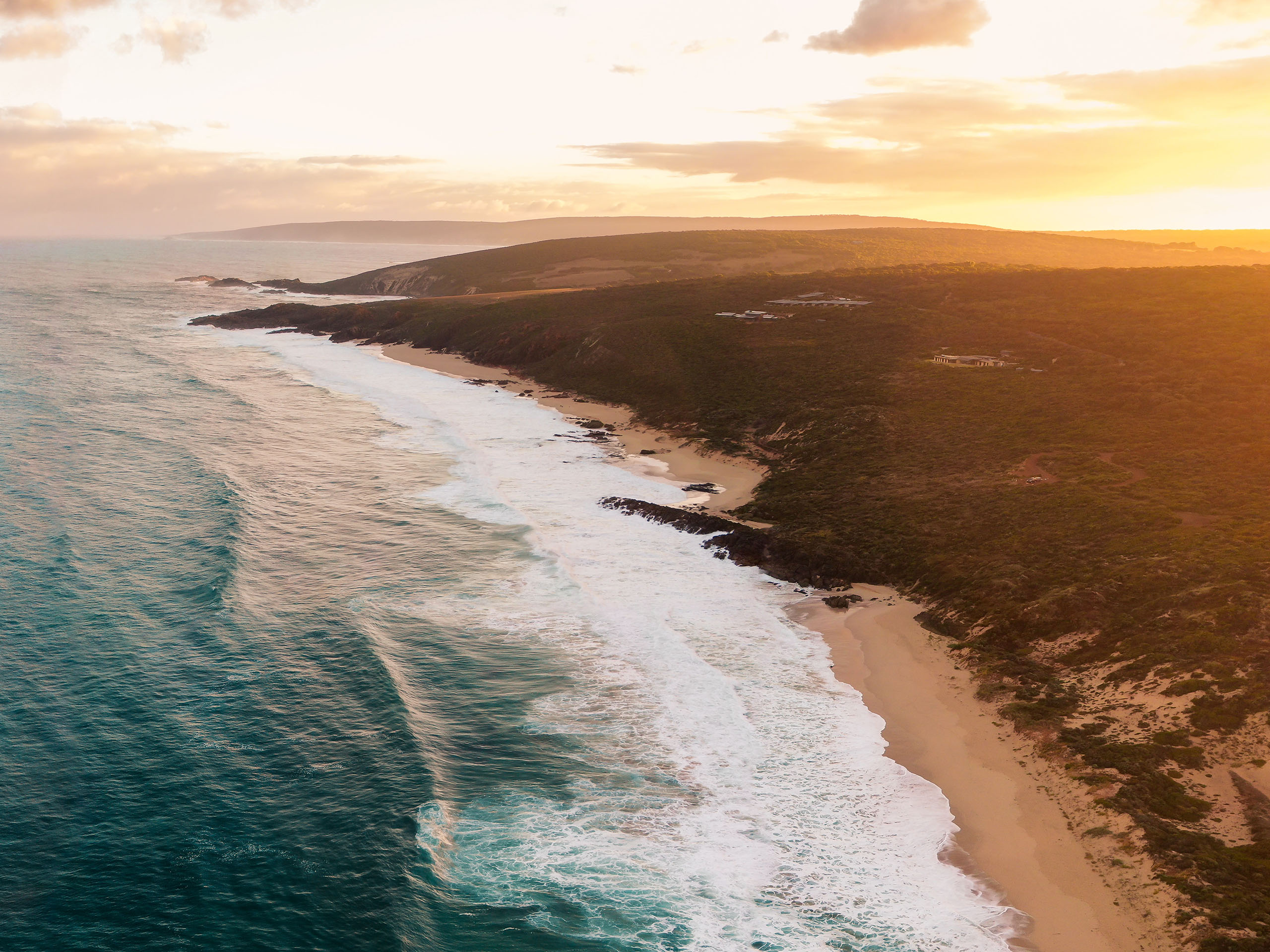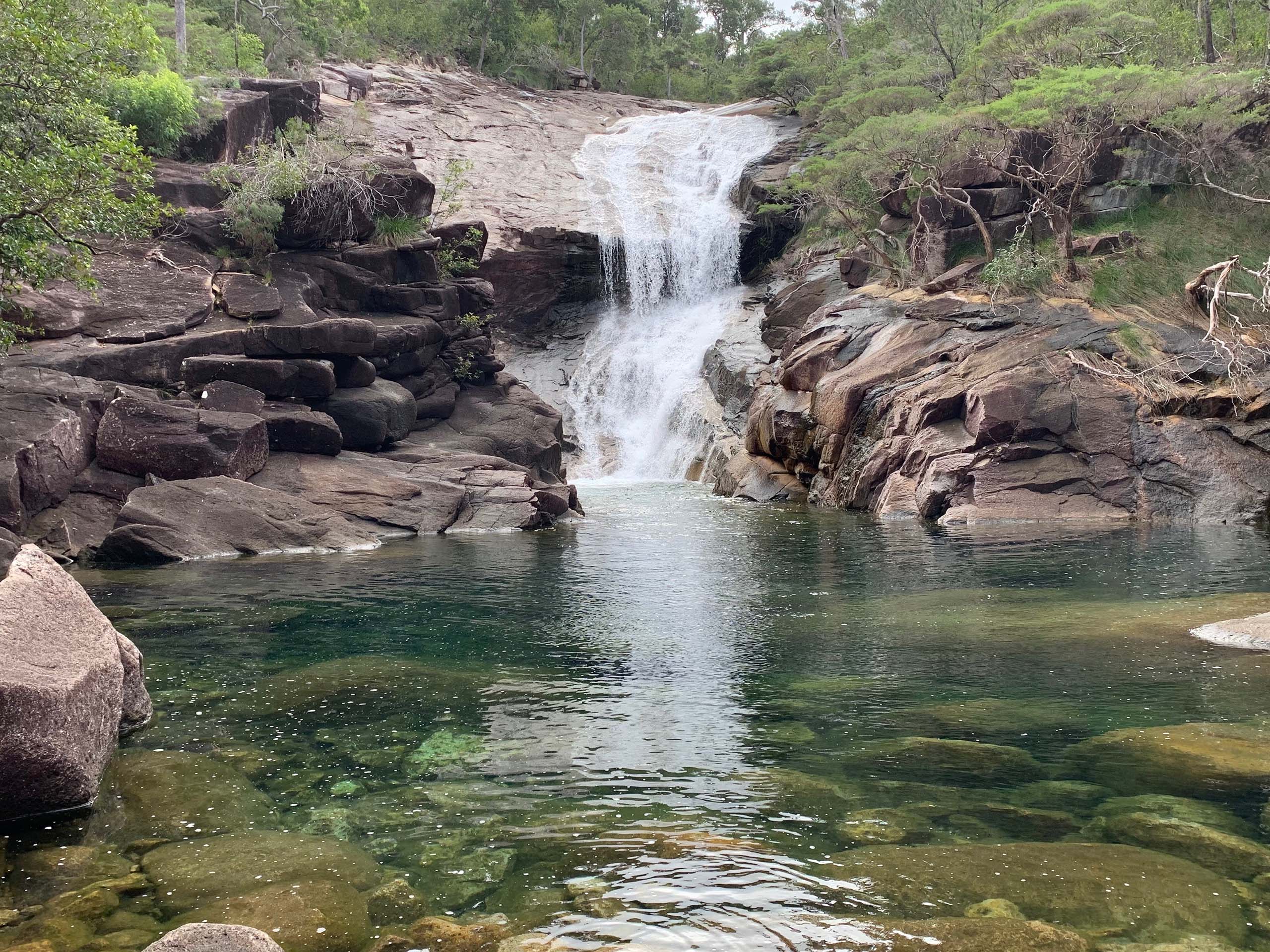Some of the greatest thru-hikes in the world occupy the Australian landscape—each exemplifying the biodiversity and remarkable topographical variety of the Down Under. From the Golden Coast to the Great Divide, the Great Barrier Reef to Kakadu National Park, this country is an idyllic natural oasis that begs to be explored. Home to 6 Commonwealth National Parks and over 15534.3mi of coastline, the hiking opportunities are inexhaustible! While there are thousands of marvelous day-hikes, we have a soft spot for thru-hikes—who doesn’t? The immersive and primitive experience is unrivaled.
So, we took it upon ourselves to curate a list of the best long-distance trails in Australia! Below you will find 10 routes that showcase diverse environments, require varying levels of experience, and demand different time commitments. We hope that you will find one – or several – adventures to satiate your appetite for adventure.
Planning a multi-day hike, whether it’s two days or two months, is a headache-inducing task—What do I need? What am I forgetting? Will I need 4 pairs of socks or 14? Like you, these questions inundate our minds before a big adventure. To help, our team of knowledgeable adventure buffs has compiled an extensive backpacking checklist that will hopefully make the packing processes plain sailing.

1. Australian Alps Walking Track
The Australian Alps Walking Track will put your endurance and navigational competencies to the test. While not the longest thru-hike in the country, it is arguably the most challenging, as it explores high altitude regions that feature unpredictable weather and arduous trekking conditions. Travelling through National Parks, hikers will explore subalpine forests and grasslands before ascending into the high plains and up many peaks, including Mount Kosciuszko, Mount Bogong, and Bimberi Peak.
Such a demanding expedition requires plenty of organization. Food drops are necessary, as the path does not meander through any towns along the way. With a GPS in tow, hikers must be self-reliant as accommodations are limited. You will find some mountain huts, but for the most part trekkers must backcountry camp. While it is a challenging feat, completing the Australian Alps Walking Track is a gratifying experience.
Location: Victoria, New South Wales, and Australia Capital Territory
Distance: 407.0mi
Days Recommended: 5-8 weeks
When to do: Year-round

2. Bibbulmun Track
The Bibbulmun Track is arguably one of the greatest thru-hikes on the planet. This gorgeous route starts in Kalamunda and finishes in Albany after some 621.4mi of hiking. Showcasing the beauty and diversity of Australia’s flora and fauna, the track explores wildflower meadows, mist-shrouded valleys, rugged headlands, idyllic beaches, and the jarrah and karri forests.
Well revered and well managed, the Bibbulmun Track has an abundance of trekking infrastructure, including campsites. While there are a handful of towns along this track, there are remote stretches that will require hikers to pitch a tent. All designated campsites are equipped with a three-sided shelter, a water tank, a pit toilet, and picnic tables that are free to use. Note that while year-round trekking is permitted, it is discouraged due to the common occurrence of brush fires in the summer season.
Location: Western Australia
Distance: 623.2mi
Days Recommended: 50-70 days
When to do: April-November

3. Bicentennial National Trail
Australia’s Bicentennial National Trail is one for the books! Stretching 3311.9mi from Healesville to Cooktown – or vice versa – this long-distance trekking route explores some of the most rugged and remote landscapes in the country. Tracing the eastern seaboard, intrepid spirits will indulge in the beauty of lush rainforests, soaring summits, arid plains, montane meadows, dramatic valleys, and much, much more.
Earning the title as one of the longest trails in the world, tackling such a feat demands extensive preparation and planning! Luckily, the trail is divided into 12 sections that enable it to be easily explored in stages, as it is unlikely that you can, or want to dedicate nearly a year to walk. Note: all hikers, bikers, and horseback riders must be members of the BNT. Memberships include detailed maps, guidebooks, campsite information, and more. Refer to the Bicentennial National Trail website for additional information.
Location: Victoria, New South Wales, Australian Capital Territory, and Queensland
Distance: 3311.9mi
Days Recommended: 7-12 months
When to do: Year-round

4. Larapinta Trail
The Larapinta Trail traverses an arid region through Central Australia. Starting from Alice Springs and ending in Mount Sonder, or inversely, this route explores the West MacDonnell Ranges which are so famously characterized by the red-hued crags. Explore dramatic gorges, the Finke River, the Ochre Pits, and much more along this epic inland expedition.
As this lovely thru-hike wanders through arid ranges with little water or tree shade, the months that this walk is bearable are from May through August. While summer exploration is possible, it is strongly discouraged, and only experienced trekkers should attempt the track in the warm weather. This rural adventure offers few accommodation options—so come prepared to camp; several campsites line the route, and most are free. Note there are no reservations or permits required, but some campsites charge a fee which is payable in cash. Head to the Larapinta Trail website for additional information.
Location: Northern Territory
Distance: 138.6mi
Days Recommended: 12-15 days
When to do: May-August
5. The Great Ocean Walk
From Apollo Bay to Twelve Apostles, the Great Ocean Walk explores 68.4mi of rugged coastline that passes through the Great Otway National Park and Port Campbell National Park. Boasting spell-binding scenery, this accessible thru-hike allows the opportunity to explore secluded sandy beaches, eroded headlands, and eucalyptus groves. Trekkers will also enjoy the sights of shipwrecks, the Twelve Apostles, and whales offshore.
Windy maritime conditions will blow you around, creating a pleasant cooling effect on a hot day. While this is one of the easier long-distance hikes in the country, adventurers will have to ford creeks and rivers, as well as navigate uneasy terrain. There are 7 designated campsites along the path that must be booked in advance through Parks Victoria, in addition to the option of off-trail accommodations.
Location: Victoria
Distance: 68.4mi
Days Recommended: 8-10 days
When to do: March-May, September-November

6. Heysen Trail
Traveling 745.6mi through South Australia, the Heysen Trail is the country’s longest dedicated hiking track. Starting in Cape Jervis and ending in Parachilna Gorge, this exceptional adventure progresses through national parks, state forests, the Fleurieu Peninsula, the Flinders Ranges, and the Adelaide Hills. Exhibiting a diversity of flora and fauna, this route also offers the opportunity to indulge in local wine at vineyards along the way.
Showcasing the beauty of what Southern Australia has to offer, this long and involved adventure is well worth the sweat! Spread along the track are numerous walk-in backcountry huts and campsites, in addition to hotels, B&Bs, and motels in the towns off the trail. Note: this route is closed during high fire season, which runs from November through to April.
Location: South Australia
Distance: 745.6mi
Days Recommended: 7-9 weeks
When to do: April-October

7. Tasmanian Trail
The Tasmanian Trail is another premier long-distance hike Down Under, stretching 298.3mi from Devonport to Dover. Contrary to other great treks in the country, this one evades National Parks, boasting a more primitive experience. Those who explore this track will enjoy the warm hospitality of Tasmania whilst navigating the unspoiled wilderness. Make friends with wallabies, hunker down in a local pub, immerse yourself in charming towns, stay in local B&Bs, and stock up on hiking equipment and food rations– the variation of this hike is unrivaled!
Wander through idyllic rural environments, farmlands, highlands, along riversides, and up mountain passes. When more luxurious accommodations are not readily available, there are dedicated campsites fitted with pit toilets, picnic tables, and water tanks—some even with shelters. Note: the conditions along this route greatly vary, so make sure to prepare for inclement weather, even in the peak season.
Location: Tasmania
Distance: 298.3mi
Days Recommended: 4-5 weeks
When to do: Year-round

8. Overland Track
The Overland Track is not one to underestimate! Travelling over 40.4mi through the Tasmanian Highlands, more than half of the route is at an elevation of 3281ft or more through the rugged wilds. Starting at Cradle Mountain and finishing at Lake St Clair, the Overland Trek explores a landscape occupied by montane meadows, eucalyptus forests, glacial valleys, soaring peaks, and alpine lakes.
Due to the trek’s technicality and inclement weather conditions, only experienced thru-hikers should attempt this adventure. Traversing the exposed alpine plateau, snowy and extremely cold conditions are not uncommon in the summer. Refer to the Tasmania Parks and Wildlife Service website for safety information, to book your accommodations (which include backcountry huts and campsite), and to purchase the permits required to explore this beautiful track.
Location: Tasmanian Highlands
Distance: 40.4mi
Days Recommended: 5-8 days
When to do: November-May

9. Cape to Cape Track
The Cape to Cape Track stretches between lighthouses in southwest Western Australia, from the lighthouses at Cape Naturaliste in the north and Cape Leeuwin in the south. Hike 83.9mi over soft sandy beaches, up steep granite cliffs, along rugged headlands, through the Wilyabrup and Margaret Rivers, and lush forests abundant with a diversity of flora. In addition to gorgeous vegetation, this scenic coastal track boasts the opportunity to spot whales and surfers enjoying the waves.
Rich in indigenous and European history, the Cape-to-Cape Track also exhibits the location where the Southern Ocean and the Indian Ocean meet. Due to its coastal proximity, trekkers can expect windy maritime conditions. Demanding an intermediate fitness level, this route is one of the more accessible thru-hikes in the country. Note: accommodations along the trail include 4 campgrounds and off-track B&Bs.
Location: Western Australia
Distance: 83.9mi
Days Recommended: 6-8 days
When to do: March-May, September-November

10. Thorsborne Trail
The Thorsborne Trail is one of the country’s finest coastal walks. This beautiful multi-day hike showcases eucalyptus forests, waterfalls, temperate rainforests, fog-shrouded mountains, and soft sandy beaches. With just 40 people allowed on Hinchinbrook Island at one time, explorers will experience plenty of solitude while uncovering the untouched wilderness. Note: a boat transfer is required at both ends!
Demanding a modest effort and only a 2- or 3-day commitment, this track is ideal for novice thru-hikers. Accommodations along this route are primitive—there are 7 camping areas along the trail which must be reserved in advance through the Queensland Government. Note: this track travels through crocodile country and will require you to ford creeks, so come prepared! Additionally, as this scenic route traverses the remote island, hikers are encouraged to have considerable organization, as they will be completely reliant on their brought resources.

Location: Queensland
Distance: 19.9mi
Days Recommended: 2-3 days
When to do: April- September
Best Treks and Backpacking Trails
Check out our series of articles on the best treks and backpacking trails on earth!
- 10 Best Treks in Africa
- 10 Best Treks in Asia
- 10 Best Treks in Canada
- 10 Best Treks in Europe
- 10 Best Treks in New Zealand
- 10 Best Treks in the UK
- 10 Best Treks in the US
- 10 Best Backpacking Trails in Canada
- 10 Best Backpacking Trails in the US
- 10 Best Backpacking Trails in Western Canada
- Best Treks in Iceland
- Best Treks in Nepal






Comments